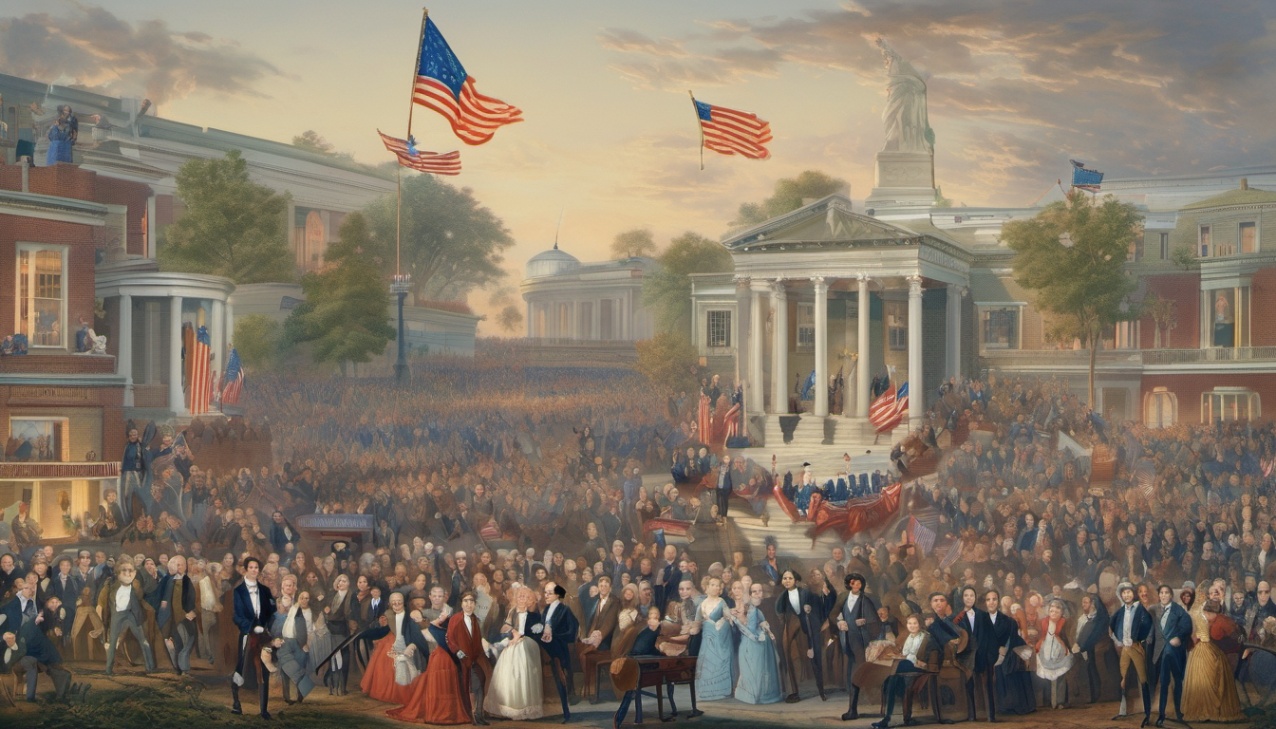
Aaron Sobczak
Aaron Sobczak has a Masters in International Public Policy. His research focuses specifically on America’s foreign policy and its history of global intervention. He hopes that his writing will illuminate important geopolitical and humanitarian issues.
Blog Posts

Who’s Running for President in 2024?
April 26, 2024
|Civil Liberties
The Lesser-known Presidential Candidates and Parties November 2024 will see the American electorate picking a new head of state. Despite low levels of approval, it seems as though the two major party candidates will again be Donald Trump and incumbent Joe Biden. I’ll cover them below, but let’s face it: You’re probably sick of hearing about them by now. Besides, they are not the only candidates for president this year; each party still has a few token candidates and there will also emerge third-party and independent candidates. Who are these people and parties with little to no chance

The case for Liberland
October 6, 2023
|Free Markets and Capitalism
Along the Danube River in South-Central Europe lies a distinctive parcel of land, measuring roughly 7 square kilometers and sandwiched between Croatia and Serbia. Prior to the breakup of Yugoslavia, the semi-autonomous regions within the Republic used the Danube as their natural border. However, over the course of decades, the river slightly altered its course, resulting in this piece of land falling outside the borders of both nations. Following the breakup of Yugoslavia, neither country claimed ownership of the land. In fact, it remained terra nullius, or ‘no man’s land,’ until

Inefficiency and unintended consequences: why environmental regulations typically fall short
May 30, 2023
|Environment
In an era marked by growing concerns about climate change, the role of government in addressing environmental issues has become increasingly prominent. However, as billions of dollars are poured into climate change programs and regulations, it is essential to critically examine the true impact and costs of these initiatives. This article delves into the complex relationship between government intervention, market forces, and environmental stewardship, shedding light on the unintended consequences and potential alternatives to current approaches. Assessing government climate

A realistic look at Iran’s nuclear program
April 28, 2023
|Politics & Policy
Most of the West does not want Iran to become a nuclear power, but the United States and Israel have been especially opposed, as Iran has been a thorn in their sides ever since the Islamic Revolution. Iran, however, has expressed the need to have nuclear capabilities both for energy diversification and to counter U.S.-Israel-Saudi influence in the region. Of course, a successful nuclear deal with Iran would require the United States to view Iran differently than it has for the past half-century. Suddenly, Iran would be a powerful state, capable of achieving goals — whether sinister or benign

Why some countries succeed and others don’t
March 6, 2023
|Basic Economics
Why are some countries successful while others aren’t? Many will point to natural resources or climate when discussing why a country may or may not succeed. Surely states with more plentiful natural resources will do better than those without. After all, these resources can be used to sustain a population, as well as trade with other states. Do natural resources determine success? One can look at much of Africa and South America to see issues with this theory. These two continents are very resource dense. Forests, fresh water sources, mines, and plenty of space for agriculture

Has interventionism jeopardized America’s future?
February 13, 2023
|Debt and Spending
President Washington famously warned against entangling alliances in his farewell address to Congress. But now more than ever, it seems that escalations across the globe are tempting the United States to become increasingly involved in other countries’ dilemmas. American citizens and legislators must remember part of what made the American experiment so unique and resist those temptations. Here’s why. America’s foreign policy has jeopardized its financial future The U.S.’s defense budget is unjustifiable. In 2021, American defense spending totaled $801 billion — larger

Now is the time to end American involvement in Yemen
February 1, 2023
|Human Rights
It is always a good time to end a war, especially one as brutal as the one in Yemen. The current civil war there began in 2014. Power struggles had been ongoing for quite some time, as ethnic and religious groups fought for autonomy and influence; this current one, though, is primarily between the Saudi/American-backed government in Sanaa and the Houthi rebel group. Saudi Arabia became involved primarily to ensure that an Iranian-backed government did not succeed in gaining power. The U.S. has its own motivations, consisting largely in one three-letter word. You can remember it with the
Liberty, delivered to your inbox!
Want to know more about Student For Liberty’s impact, new initiatives, and other efforts made to advance liberty around the world?
Sign up for our email newsletter to stay connected.
Subscribe Now

